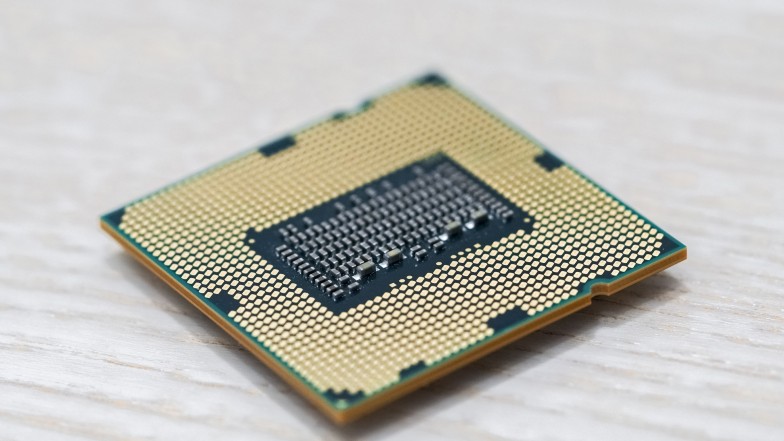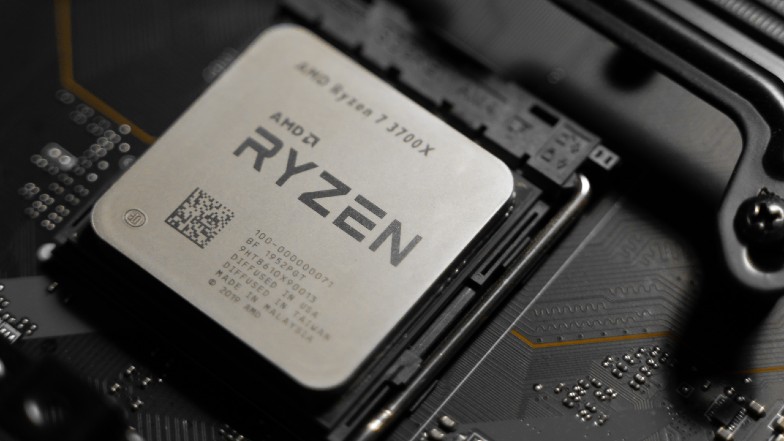A CPU bottleneck is an annoying problem to have. This reduces the efficiency of your whole system because a CPU is in charge of everything going on in your computer. It is called the central processing unit for a reason.
There are only a few ways of fixing a CPU bottleneck. This article will show you how to fix a CPU bottleneck so that you can hold off a little before upgrading your CPU. Although upgrading your CPU will be the smartest and easiest fix, this option might not be available for everyone.
What is a CPU Bottleneck?

To explain a CPU bottleneck in layman’s terms, you have to imagine a bottle first. If you are pouring water out of that bottle, the amount of liquid pouring out will depend on the size or radius of the cap. Replace the image of the water with the processes your CPU does and, the liquid flowing out of the bottle is basically the amount of FPS you are getting when the CPU is doing work.
This CPU bottleneck is preventing your other PC components from being efficient. If the CPU cannot process or render the amount of data that is being transferred to it at an optimal rate, parts like your graphics card or your RAM will become idle until your CPU processes the data.
With that logic, you will see that every part is competing for their data to be processed by the CPU which might cause some problems such as FPS drops and crashes. This allows more factors to contribute to the CPU bottleneck and can be harder to troubleshoot.
What Causes a CPU Bottleneck

The main cause of a CPU bottleneck is the discrepancy of your CPU compared to your other PC components (mostly, the GPU) in terms of performance. Using Nvidia’s Geforce RTX 2080 Ti would cause a CPU bottleneck if you are using a processor older than the 9th gen processors. This works vice versa as having a better CPU will bottleneck the GPU and cause a “GPU bottleneck”.
However, GPU bottlenecks are much more desirable than CPU bottlenecks because you are using the GPU to its full potential whereas, the CPU has other jobs to do other than displaying what you see on your monitor. Both causes inefficiency with your system so you would still want the perfect setup.
Sometimes, you do not have the option to upgrade especially if you are only looking to upgrade a single part. It looks like it is not worth it at times, so it would be better to try to fix the issue first before deciding.
There are still a lot of factors other than the main cause that was mentioned above that affect a CPU to bottleneck. Learning the difference between a CPU-intensive game and a GPU-intensive game will help you understand the causes of a CPU bottleneck more.
Let us compare Metro Exodus (GPU-intensive game) and Minecraft (CPU-intensive game). When you look at Metro Exodus, you will see that the graphics is amazingly detailed. Some of these scenery are static though so that means that there is not much running in the backend to process data. This means that the GPU is the one doing most of the work to process this kind of scenery.
On the other hand, Minecraft does not even compare to the graphical detail that Metro Exodus has, but there are so many things happening in the background that makes your CPU work. For example, Minecraft farms would visually be in the background, but it is processing things like giving you eggs from a chicken farm.
These blocks are not static and most of them are doing something that needs to be processed which leads to the CPU doing more work than the GPU for this type of game. This is why there are also memory problems involved in a CPU bottleneck because these data that are being processed are mostly coming from the RAM.
So you have to take this into account when you are experiencing your problem and what kind of game you are experiencing it on. In most situations, there will still be a discrepancy of performance with your CPU and GPU but the question is always how far are they from each other.
When you take into account that the CPU processes everything, it really answers how important is a CPU for gaming.
Fixes for CPU Bottlenecks

CPU overclocking
While this is not the best way of fixing the issue, CPU overclocking will work in fixing the CPU bottleneck to a certain extent. The only reason that I am skeptical about overclocking is that it is not for beginners. This is because that overclocking a CPU basically means it is running more than it was intended to do.
it will be hard to teach you step-by-step how to overclock your CPU because each brand, component, or version is different from one another. It is best to check your brand of CPU and check the step-by-step guide on their website which can be seen below.
The dangers of overclocking a CPU are quite high if you do not know how to efficiently set it up. This is because it is different from every build. Overclocking a CPU will require more voltage and, your current setup might only be built to withstand a certain wattage with your power supply.
It is best to learn more about these things before proceeding as it can damage your CPU and other PC components in the future.
Disabling Other Programs
If you open your Task Manager (search the application on the Windows search bar), you will see the first tab called “Processes”. These are all the services running on your computer at the moment. The first category you would see is the “CPU” and you can see which programs or applications consume the most CPU usage.
While most of these programs should not take that much CPU usage, you can gauge which applications consume the most when you are monitoring your CPU usage and CPU temperatures at the same time. Once you see your usage spike or temperature, look it up on your task manager or your third-party application that shows these graphs.
Disable some of the programs that you do not need when you are playing so that your CPU can focus on processing data specifically for the game. This is why the number of threads and cores on your CPU matter when you want a CPU that focuses on multitasking.
If your CPU cannot handle this amount of programs running in the background, you have to close most of these programs down so you can focus on your game as your FPS will surely drop.
Reduce Game Settings Quality
When it comes to the CPU, you should already know that the CPU handles everything on your computer. This means that the memory or data being stored to load the assets in a game as well as the graphics are all being processed by the CPU.
Reducing the quality of some of the settings such as textures, MSAA, view distances, or anything that has something to do with rendering, will help reduce your CPU usage. If graphics do not matter at all, you can use the lowest setting you can have on a game to help your CPU.
Avoid CPU Overheating
When your CPU reaches a temperature on a dangerous level, some processors are built to throttle or slow down so that it can avoid any further damages caused by overheating. This will lead to reduced performance and possible CPU bottlenecking.
Make sure you are closely monitoring your temperatures. You can use HWMonitor or MSI Afterburner to monitor everything. There are more third-party applications out there and it is best to use one that you are comfortable with or at least made by the same brand you are using.
For the causes of overheating, there are too many factors to take into account. You might need to learn how often do you change thermal pastes and check if you would need a change already. Then, the next step would be to learn how to remove thermal paste because it can be quite tricky.
If your thermal paste is fine, the overheating problem might be from your CPU cooler. Make sure the settings are all correct and you have proper airflow inside your computer. You can ramp up the fan speeds if needed.
CPU Upgrade is the Best Option

While these methods will only delay the inevitable, they will help you in the meantime before you upgrade your CPU. This is because the discrepancy on your CPU in terms of performance is still there. You are just reducing the load on everything to help your CPU keep up. This means you are under-utilizing your RAM and your GPU when playing a game.
Upgrading your CPU will be the best option as getting this problem already entails that you either focused more on one part or you upgraded your other parts first before the CPU. CPU stands for central processing unit which should mean that it is the most important part of a computer. CPUs should always be the priority and it will always be worth it to invest in a solid processor.
Like mentioned before, it is better to have a GPU bottleneck than a CPU bottleneck. So, if you are on a tight budget, it is best to get a good CPU than a good GPU. This is because an underutilized GPU will just be a waste of money whereas, an underutilized CPU can give you more flexibility in multitasking.


